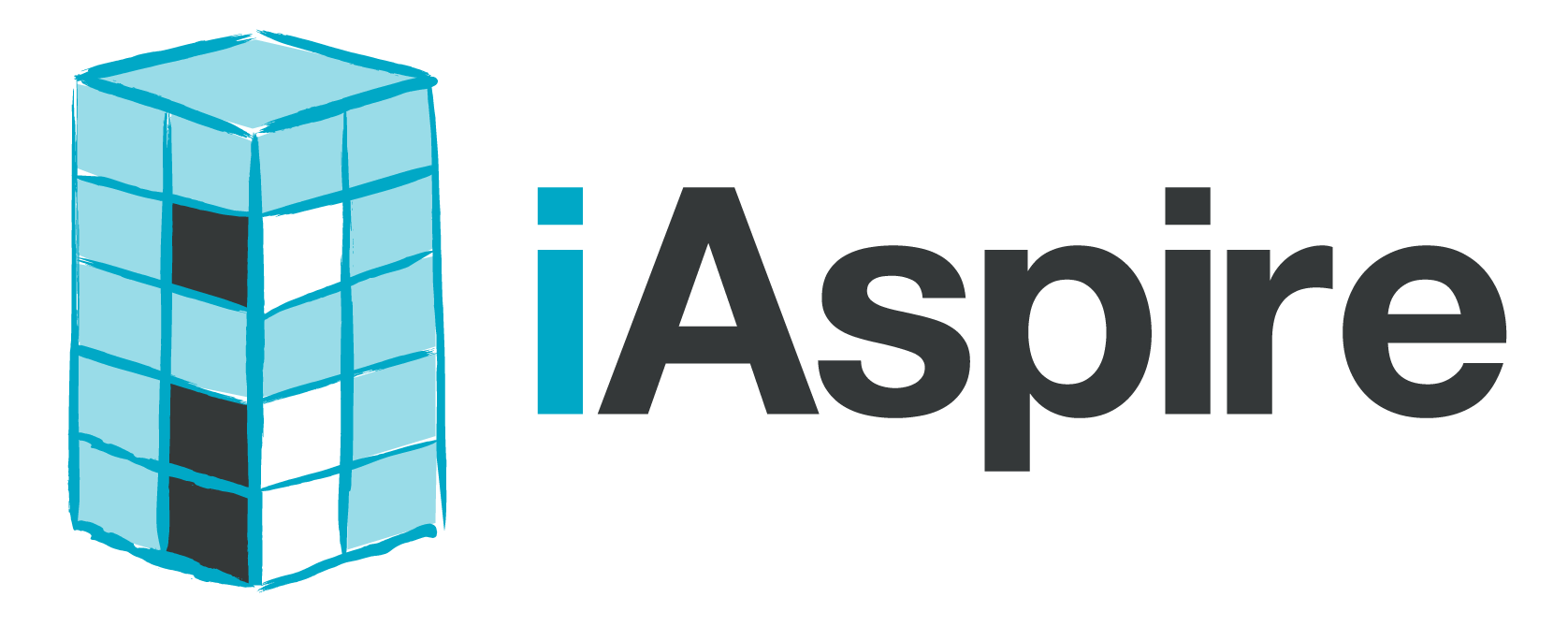3 Steps to Take Your Professional Development from Unengaging to Awesome
So far in this professional development (PD) series we’ve learned about the 4 PD planning mistakes to avoid as well as the one secret to unleashing the power of your teachers.
This time let’s dig into the 3 steps you can take to take your professional development from unengaging to awesome.
1) Differentiate your professional development.
As administrators, we talk to our teachers all the time about differentiating instruction for our learners. We have guided reading groups that are based on ability or need, students in math groups are aligned according to mastery, and we even differentiate for our students based on product, process, and content.
We can take the same approach when thinking through professional growth for our teachers. You undoubtedly have teachers across a vast continuum of expertise and skillset, from master teachers to beginners. When planning professional development, we must think through what each of our teachers needs and plan accordingly.
At the same time, we need to think through ways to align everybody and work on a common goal. Just like your teachers differentiate the product, process, and content for their students, you can have the same approach when planning PD. Not everybody has to work on the exact same thing at the exact same time, but all should be working toward the same vision.
2) Provide teachers a safe environment for risk-taking.
Changing practice is difficult; For change to occur it must start at the top - typically the principal in a school. The principal must support teachers trying new things via words and actions. Be fully explicit and transparent with teachers that you expect them to try new things, and not all new things work out as planned the first time.
According to an Inc. article, creating a culture of risk taking requires three things:
Challenge the Status Quo - Leaders and the rest of the organization need to get comfortable challenging the status quo and make it a very public statement to the effect that risk taking is okay under the right circumstances. This most commonly can occur by challenging a practice, habit, norm or behavior that is not aligned with a vision or performance goal.
Provide Air Cover - Leaders must partner with their people to provide air cover when they challenge the status quo. It is helpful to know someone has your back when you climb out on a limb. Without the challenge and the air cover, we really won't know what is possible.
Embrace Failures and Successes - Leaders must harvest the learnings from success or failure that can be scalable to other areas of the business. Celebrate these learnings, what they led to, and the individuals who gave birth to the insights. Once these learnings are harvested, expand and scale whenever possible.
3) Plan for teachers to be collaborative.
There are few forces as powerful as working with and learning from trusted peers, and there is a natural sense of accountability that takes place when teammates collaborate. Plan for your teachers to collaborate with one another throughout the learning, practicing, and reflection of your professional development. Here are a few ways to have your teacher collaborate:
Instructional Rounds - it is much easier for teachers to see in others what they don’t see in themselves or even know about. Instructional rounds are great for inquiry, accountability, relationship building, and data collection. One key when completing instructional rounds: think critically, but don’t be critical of others. These rounds are observational and not meant to be negative in any way. It’s all about learning, dialogue, and reflecting
Mentor/Mentee Relationships - Edutopia states that every teacher needs a mentor, and I couldn’t agree more. The mentor/mentee relationship is critical in supporting our newer or more struggling teachers and provides a way for our more masterful teachers to have an even bigger impact.
Value collaboration by building it into the schedule. Saying teachers must collaborate is one thing, but go the extra step and schedule collaboration into the daily, weekly, monthly, or yearly calendar. Whether it’s common prep time, a rotating instructional round or mentor/mentee schedule, or consistent before or after school time, planning for collaboration is often the only way to actually have the time to collaborate. We all get busy, and not planning for collaboration means it likely won’t get done. Determine how often you want your teachers to collaborate, and then find a way to make it happen on the written schedule.
Are you tired of your professional development not resulting in the changes you expect? By thinking through the above points, you will be able to take your professional development from unengaging to awesome.
